Our Fishers
“New Zealand's inshore fishers provide high-quality seafood that is harvested sustainably under the Quota Management System.”
New Zealand's inshore fishers provide high-quality seafood that is harvested sustainably under the Quota Management System.
The inshore fishing sector employs approximately 2,000 fishers who work on around 400 small vessels. The vessels are mostly operated by fishers, many of whom have a long history in fishing.
They fish within 12 nautical miles of the coast, in water depths to about 200 meters. They use trawling, set netting, bottom long lining, surface long lining, seining and potting fishing methods to catch approximately 95,000 tonnes of fish each year, such as snapper, gurnard, tarakihi, cod, kahawai and trevally.
Around 75 per cent of this annual harvest is caught sustainably by bottom trawling fishing grounds that have been fished for generations. Around 75 per cent of the catch is consumed locally by New Zealanders, and the remainder earns export receipts of around $400-500 million annually.
Craig Jones
Craig Jones is a West Coast owner-operator running his vessel, Cook Canyon, from Greymouth with wife Penny.
He’s committed to encouraging young people into fishing and is often the go-to for Westport Deep Sea Fishing School students looking for their first job.
“They need to be keen. And they need to want to go to sea.”
Those are the main attributes Craig Jones looks for in a beginner deckhand. If they are eager and also fit enough for the physical work, the next step is to “get them out there and see if it’s what they want”, says Jones.
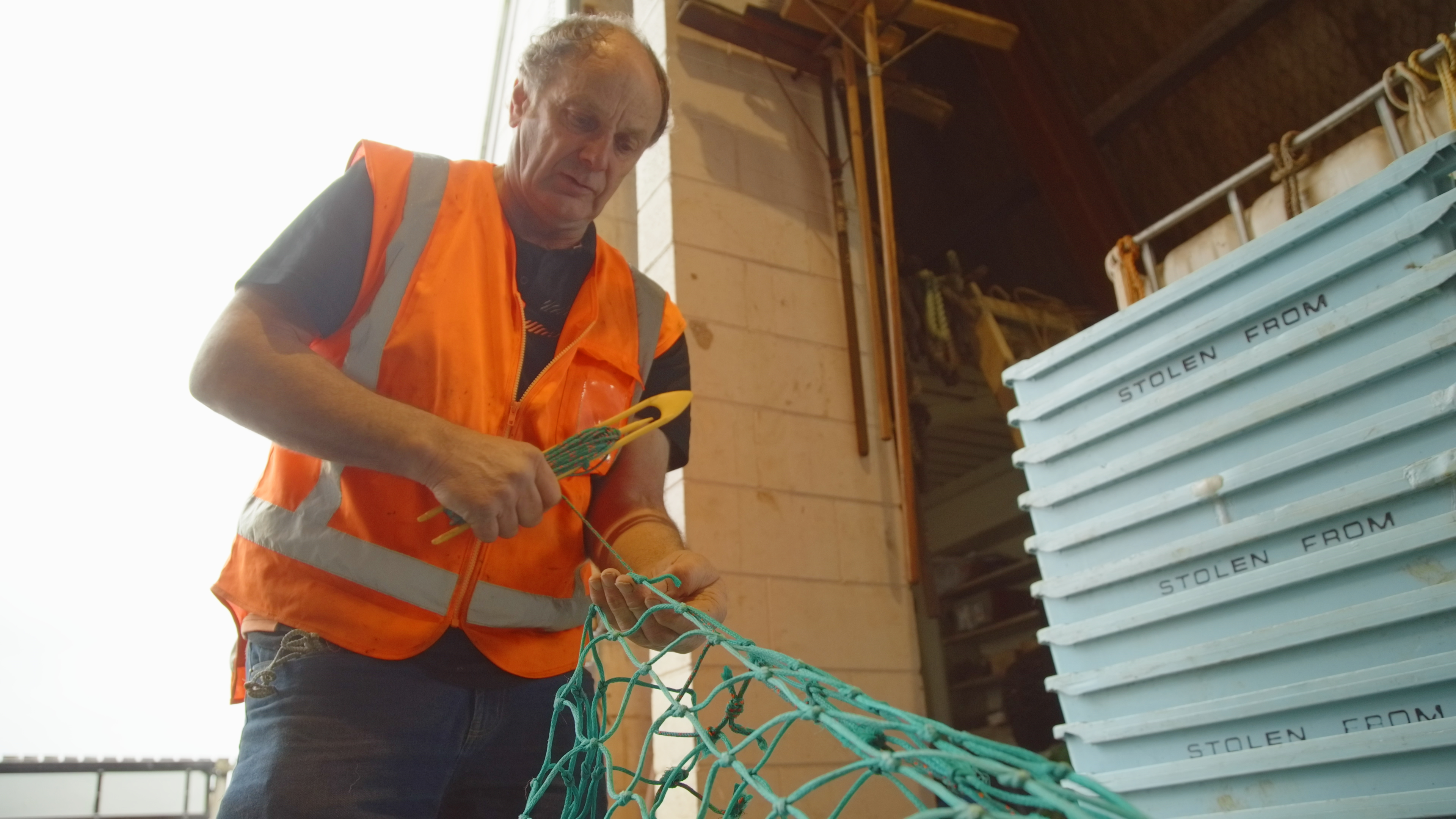
Pat Nyhon
From mainland New Zealand’s southernmost town, Pat Nyhon is worrying about young fishers.
The Bluff fisher is concerned that increasing regulation and the threat of heavy penalties under government fisheries reforms will be too much for some.
It’s a well-qualified point of view. As well as drawing on the experiences of his own crew and family, Nyhon hears from fishers across the motu. He is the southern liaison officer for the New Zealand Federation of Commercial Fishermen, and a FirstMate navigator. The latter, in particular, is a job that puts his finger on the pulse.
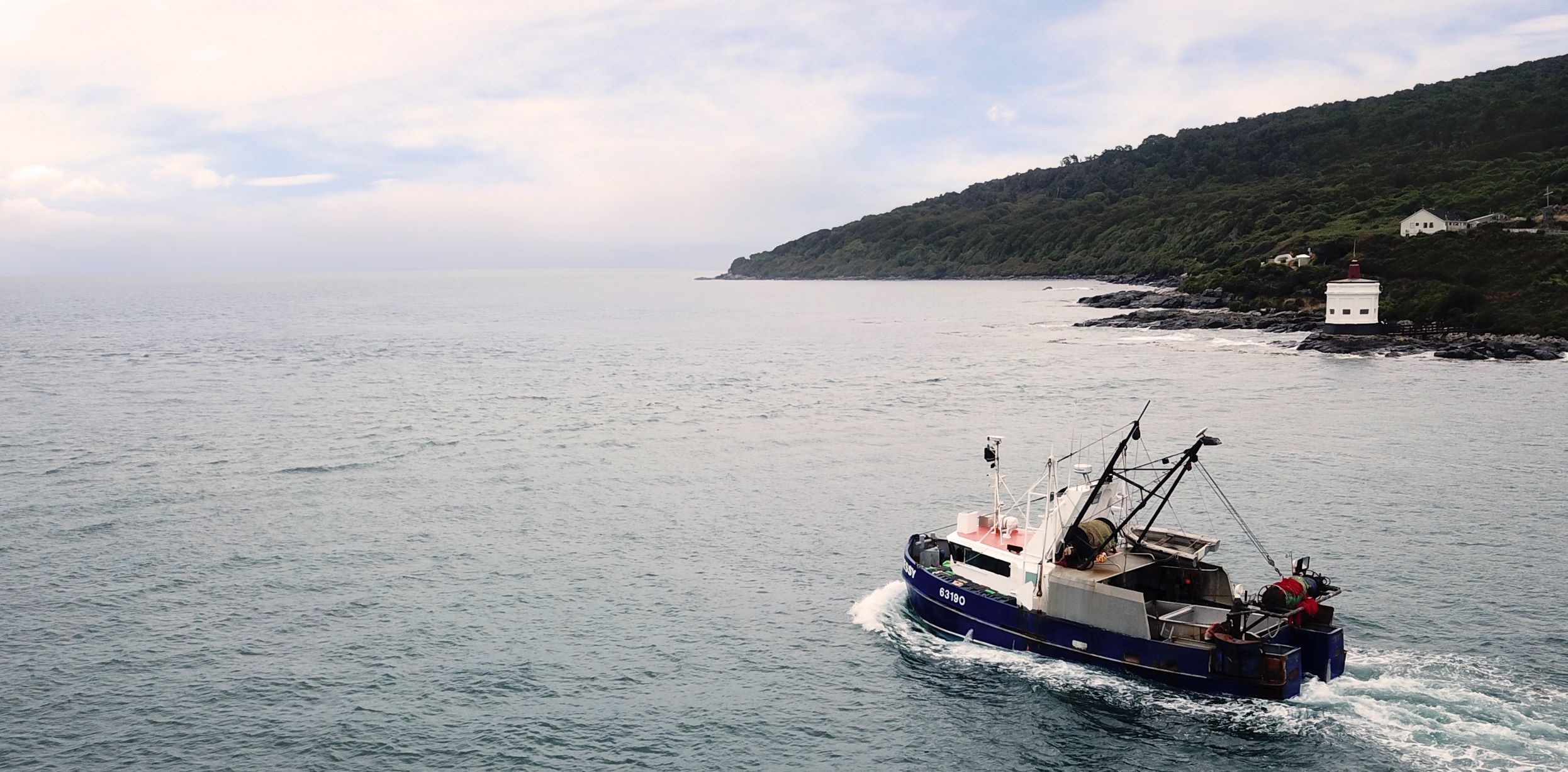
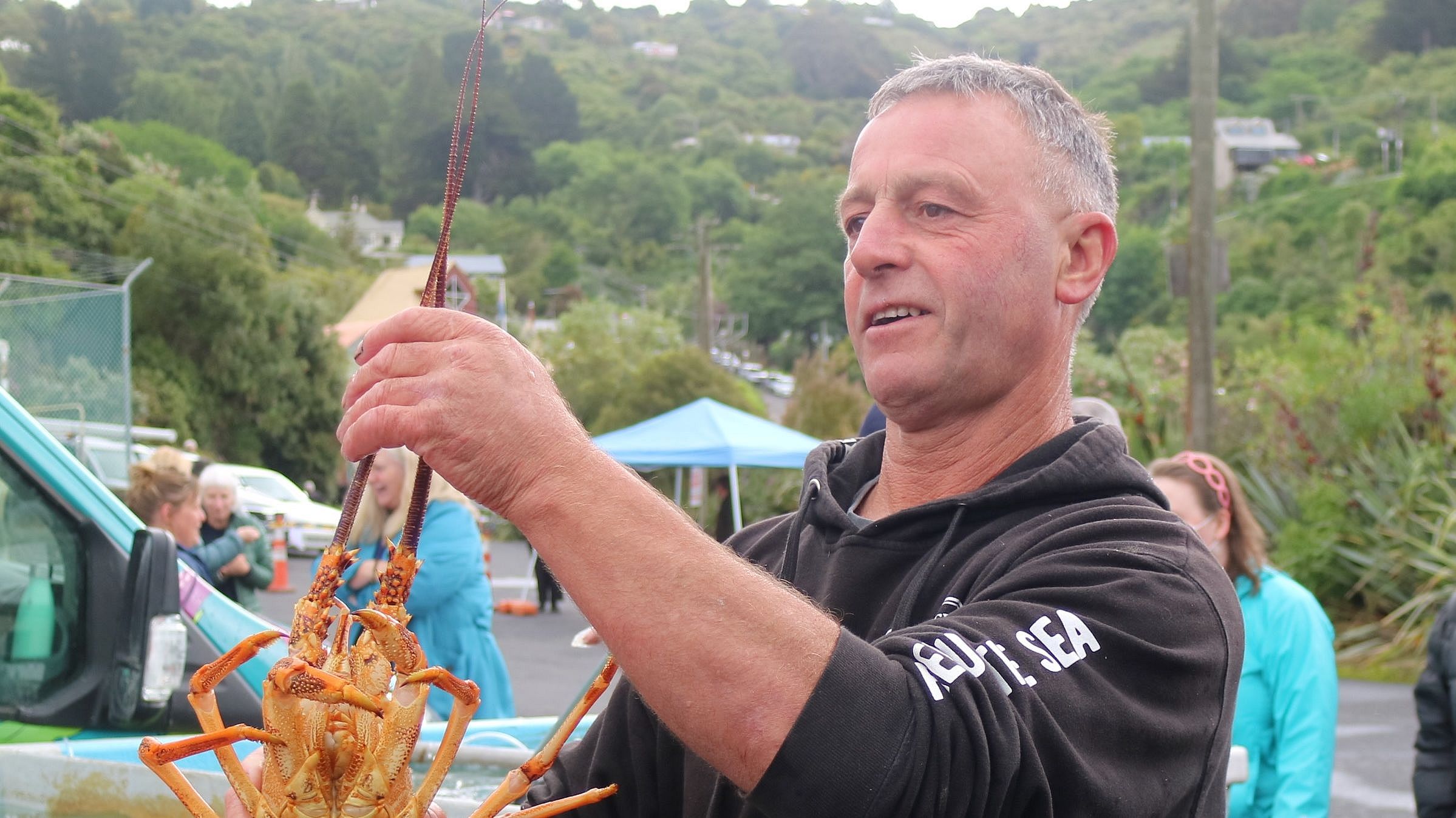
Ant Smith
Ant Smith is president of Port Chalmers Fishermen’s Co-op and runs his 60ft steel trawler Donna Maria from Carey’s Bay.
Carey's Bay is a picturesque fishing village where Smith grew up in the second-closest house to the wharf. Fishing was all around him but he didn’t start fishing until he was 24 and had already given plumbing and construction work a good go.
These days, when not out fishing or mentoring young skippers, Ant is out and about being active in his community. Read his story on the Seafood New Zealand website.
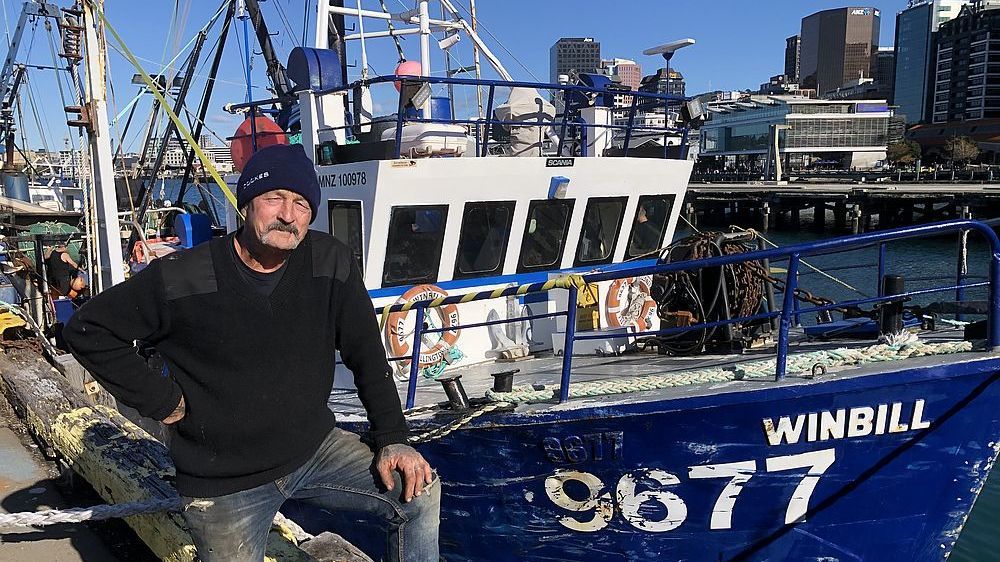
Stuart Reardon
In a lifetime of fishing Stuart Reardon reckons he has used up about six lives.
Like a cat, he may have three left but time is running out.
Aged 66, with a body that is feeling the rigours of 45 years of hard labour at sea, he is the last trawlerman fishing into the once bustling fishing port of Wellington.
He is still wiry and strong but the nerves on his fingers are raw, sensitive to salt water and slippery fish, and one of them is missing, amputated after it became gangrenous due to a fish spine under the nail.
He skippers Winbill, owned by Wellington Seamarket principal Tony Basile, fishing into their three retail shops in Wellington and servicing their online customers.
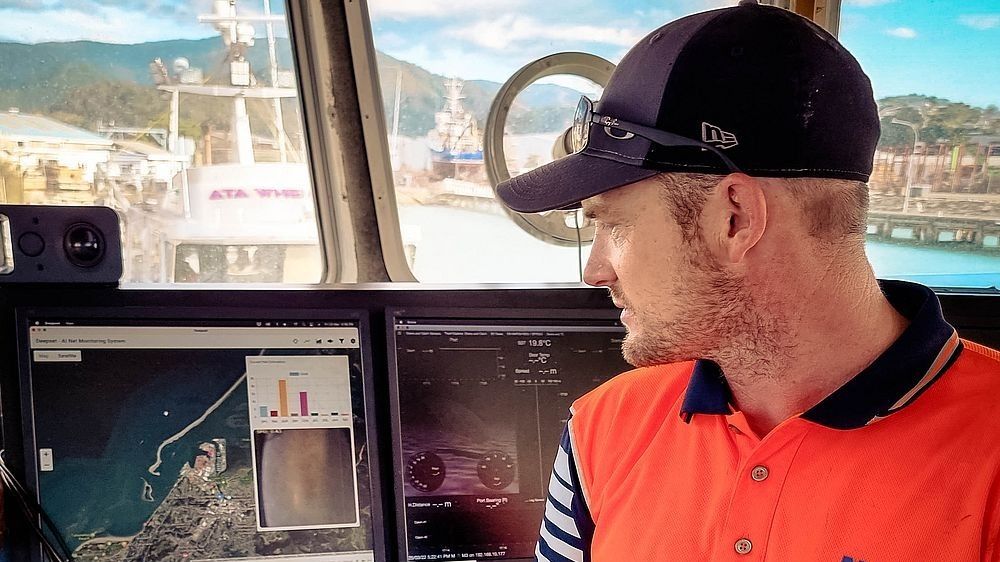
Dom Talijancich
Nelson fisherman and businessman Dom Talijancich loves his technology and has just about every sensor possible installed on his 24-meter trawler, Mako.
He has a headline net sounder that signals when fish have entered the net, trawl door sensors that indicate the spread of the trawl gear and catch sensors to signal when the net is full.
But he’s missing a critical piece of equipment – a camera and artificial intelligence (AI) system to identify what fish species are entering the net, and the quantities of different species accumulating in the net during the tow.
